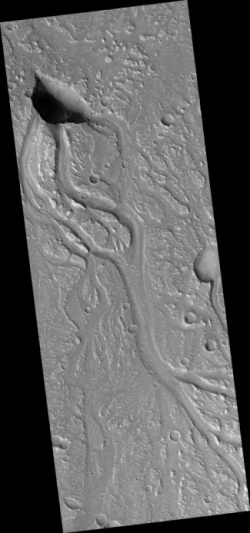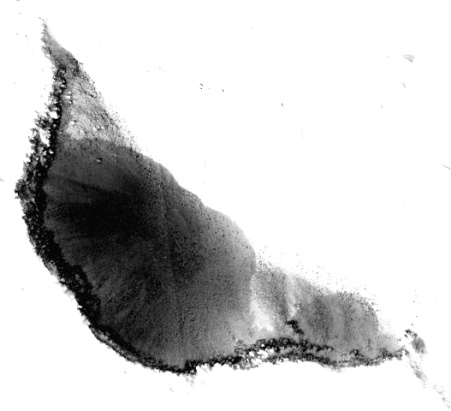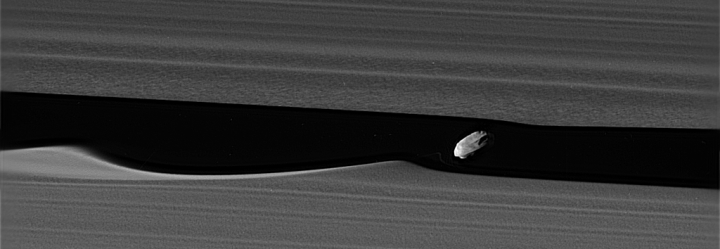Soyuz launches successfully from French Guiana
A Russian Soyuz rocket, built for Arianespace and launched from French Guiana, successfully placed a commercial satellite in geosynchronous orbit on Friday.
The launch has some significance. First, it was the first time a Soyuz rocket placed a payload into geosynchronous orbit. Second, the payload was the first satellite built by a German company in more than 25 years
Finally, and most important, it demonstrated that at least one configuration of the Soyuz rocket is still operational as Russia investigates the corrupt practices at the company that has been building upper stage engines for both its Soyuz and Proton rockets.
Update: Russia has revealed that this on-going investigation will now delay the next Proton rocket launch for 3.5 months. This means that launch will occur sometime in May, and will occur just weeks short of a full year after the last Proton launch on June 9, 2016.
A Russian Soyuz rocket, built for Arianespace and launched from French Guiana, successfully placed a commercial satellite in geosynchronous orbit on Friday.
The launch has some significance. First, it was the first time a Soyuz rocket placed a payload into geosynchronous orbit. Second, the payload was the first satellite built by a German company in more than 25 years
Finally, and most important, it demonstrated that at least one configuration of the Soyuz rocket is still operational as Russia investigates the corrupt practices at the company that has been building upper stage engines for both its Soyuz and Proton rockets.
Update: Russia has revealed that this on-going investigation will now delay the next Proton rocket launch for 3.5 months. This means that launch will occur sometime in May, and will occur just weeks short of a full year after the last Proton launch on June 9, 2016.







